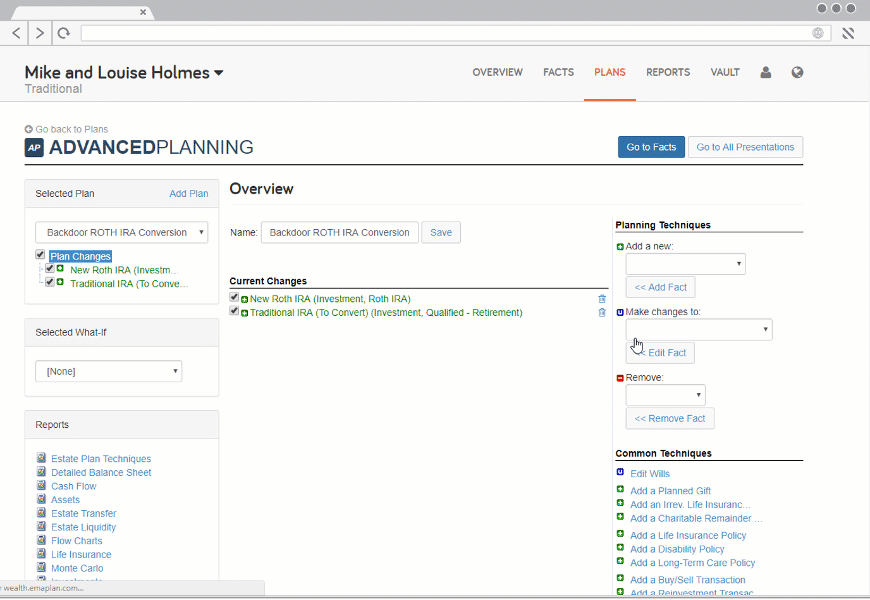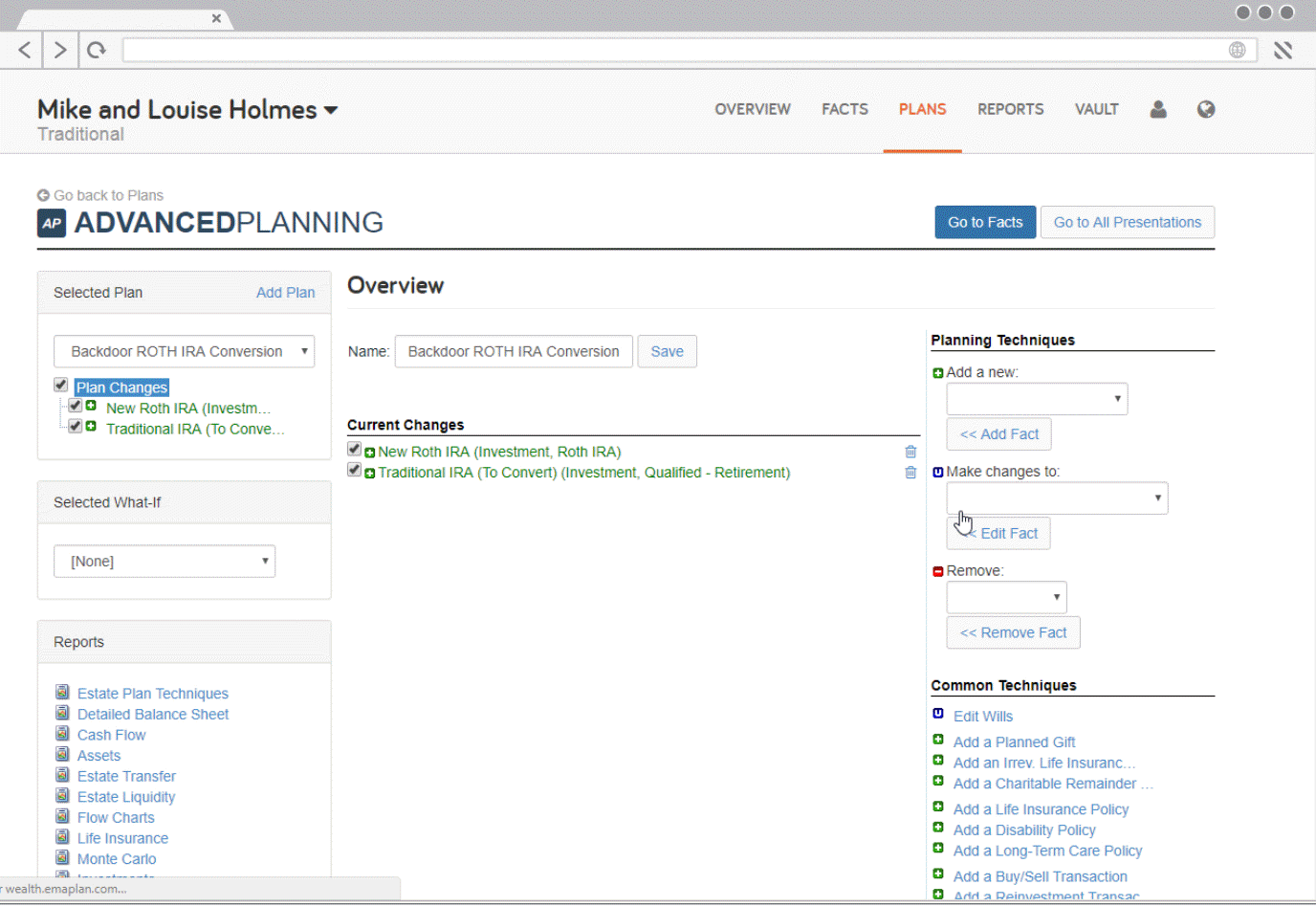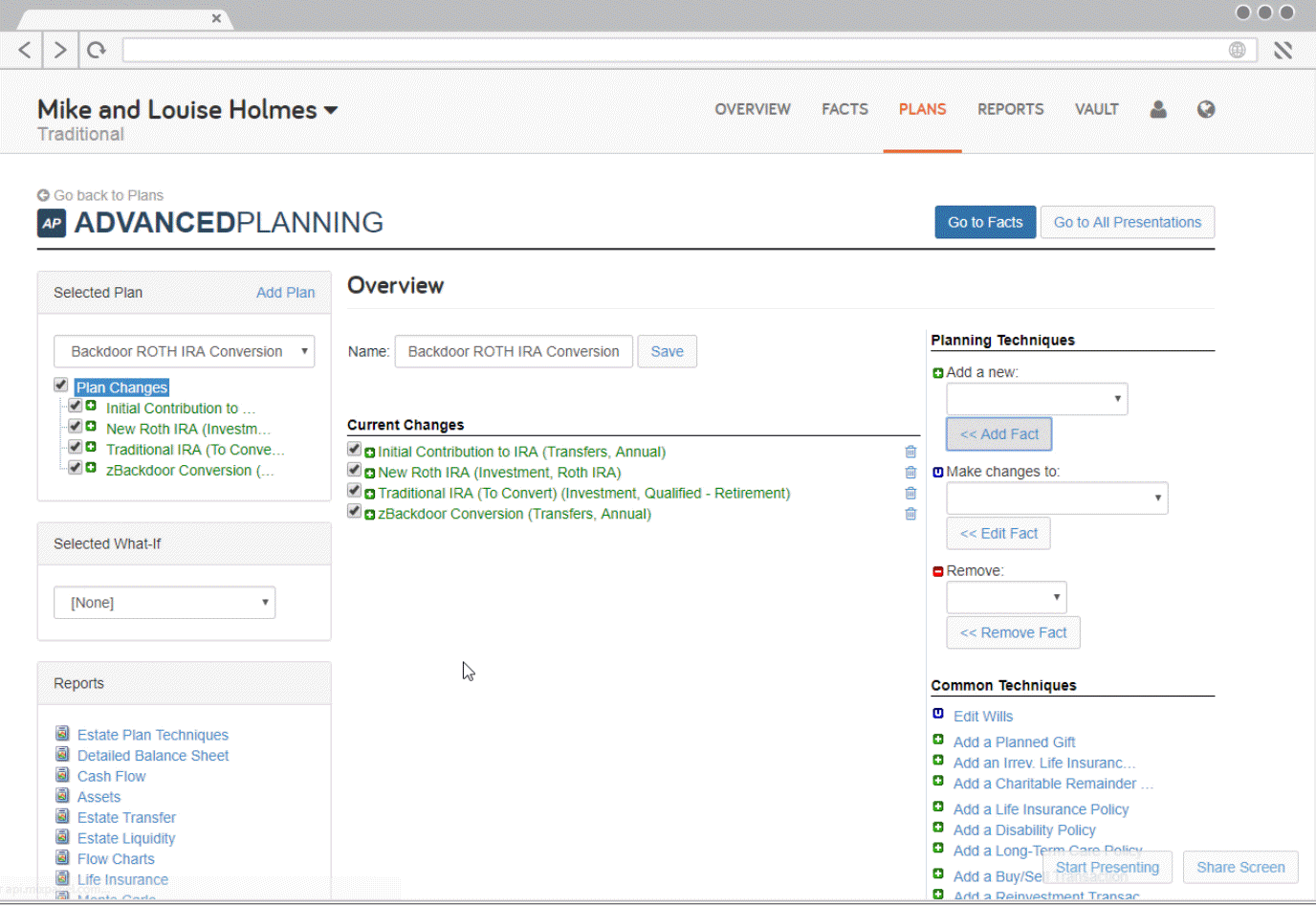
for expert insights on the most pressing topics financial professionals are facing today.
Learn MoreMany high-income earners believe that the tax-deferred earnings and tax-free withdrawal benefits of a Roth IRA are closed to them. After all, in order to open or contribute to a Roth IRA, a single person cannot exceed $124,000 of modified adjusted gross income (AGI) without having a reduction applied, or be completely phased-out if their modified AGI exceeds $139,000.
Fortunately, due to a rule change made by the IRS in 2010, there are no limits placed on income when converting a Traditional IRA. Since then, savvy financial professionals have helped their clients increase tax-free funds available during retirement with a Backdoor Roth IRA.
Simply put, a Backdoor Roth IRA refers to a method of bypassing the income limits to open a Roth IRA. But, don’t worry, the “backdoor” name doesn’t mean this method isn’t IRS approved.
The basic steps to establish a Backdoor Roth IRA are:
Typically the taxes generated from this method of conversion will be minimal, as the transfer flows are moving after-tax dollars between the accounts. Taxes owed would be primarily due to any investment earnings from the date of the initial contribution through the date of the conversion.
Note: If transferring deductible contributions from an existing Traditional IRA account there is a larger potential tax hit as any deductible contributions and their investment gains will be taxed in the year of the conversion.
For this example, we’ll start by creating an Advanced Planning Scenario on the client’s Plans tab.
Use the Add a New Planning Technique to create the Traditional and Roth IRA accounts—being sure to designate that they are available in the current year.

Once the accounts have been created, we’ll create a Transfer designed to fund the initial contribution to the Traditional IRA. For the Transfer Flow, we’ll need to set the annual amount, source account, and destination account according to our client’s unique circumstances. Then, set the Starts and Ends drop-down menus to the current calendar year, before finally ensuring the toggle Contribution Deductible for Traditional IRA’s is set to No.
Now that we’ve created and funded our Traditional IRA, and created our Roth IRA, we can model the backdoor conversion by adding a second Transfer Flow to our scenario.
This workflow should transfer all monies from the newly funded Traditional IRA to your Backdoor Roth IRA account, and also start and end in the current calendar year.
Pro Tip: Transfer Flows execute in alphabetical order, so be sure to name your backdoor conversion to execute after your initial contribution to the Traditional IRA.

You can look at the ledger to check this transaction is working appropriately. If there is no current money in an IRA, you will not see any taxes and it will flow smoothly into the IRA and right back out to the Roth IRA.

And now that you’ve created the Roth IRA, you can continue to model additional backdoor Roth contributions for the client by creating a transfer flow to the Traditional IRA and then another transfer flow of the same amount to the Roth IRA in the same year. So this backdoor technique can continue to benefit high-earners for years to come.